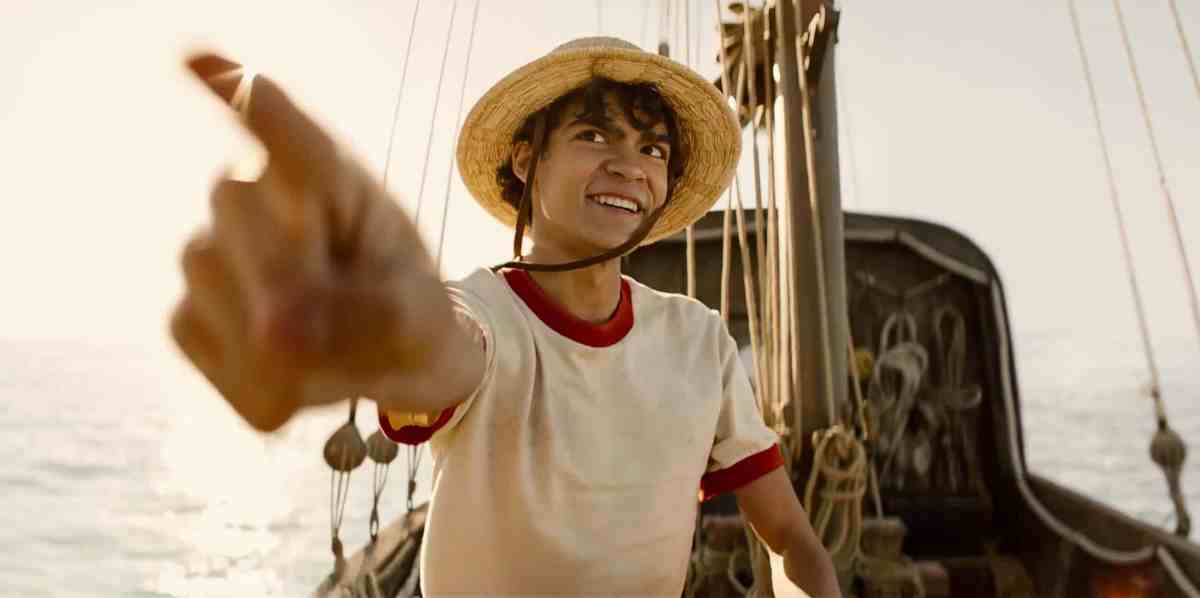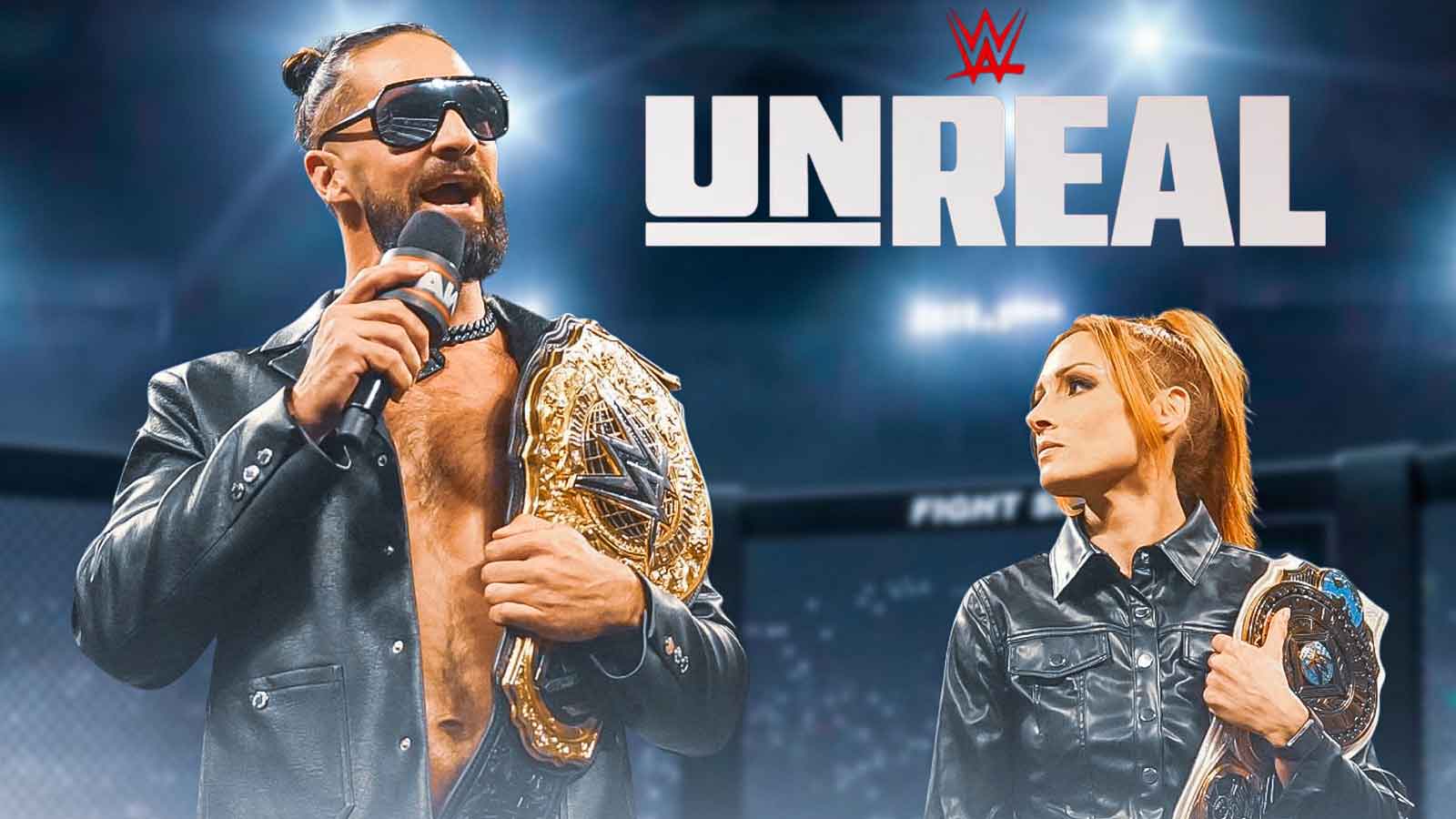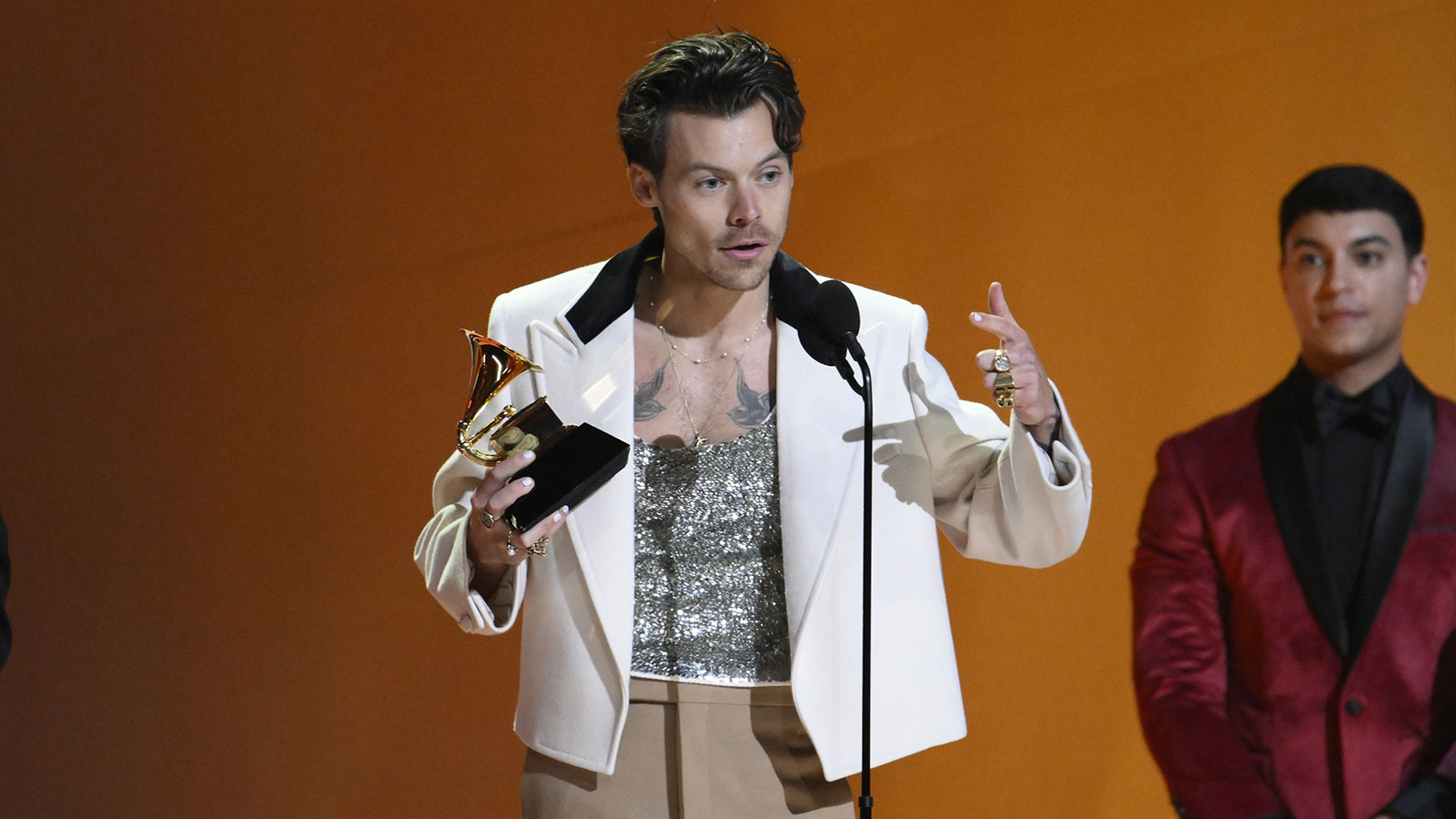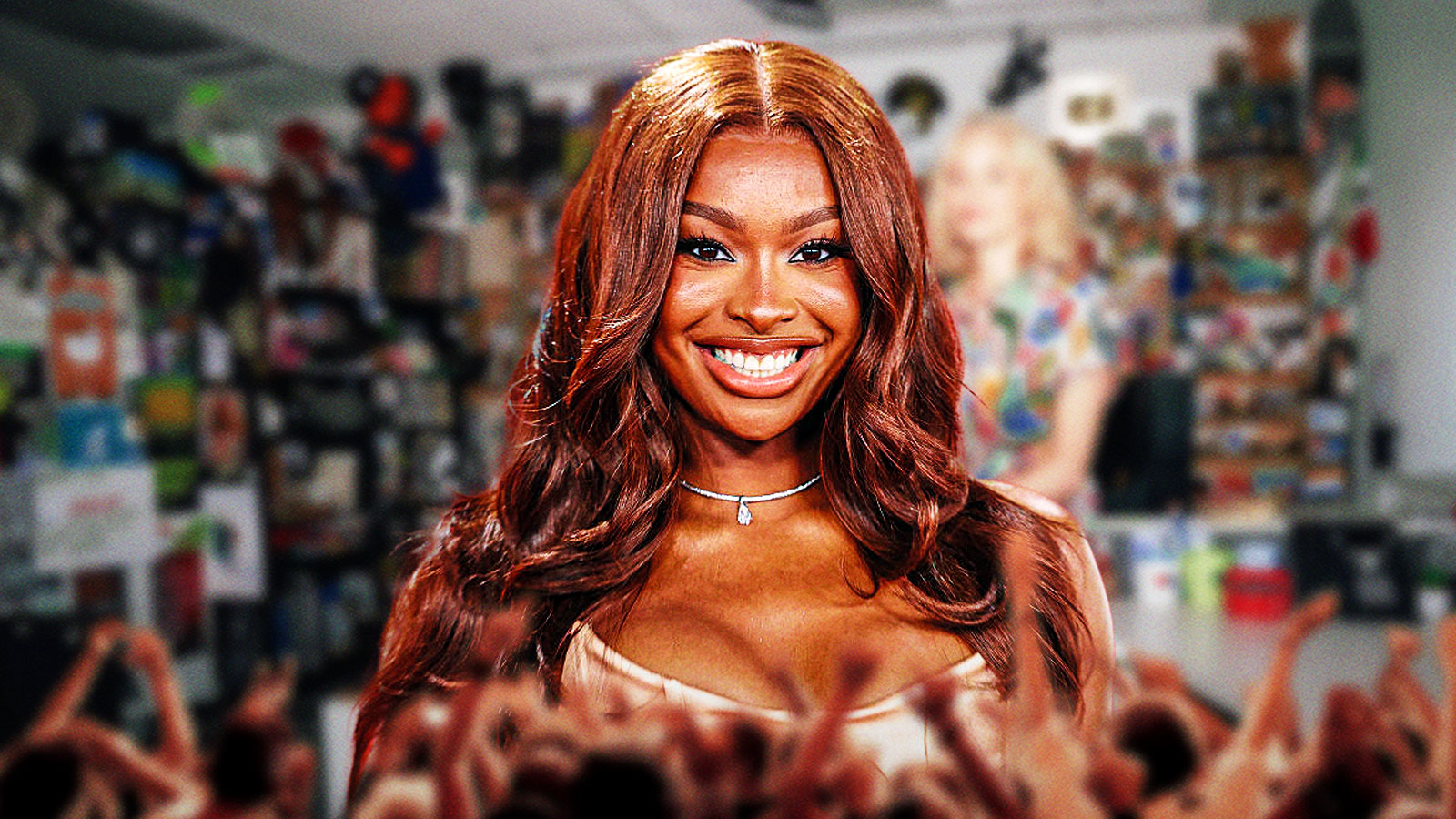Netflix's live-action adaptation of One Piece has been a smash hit for the streaming service. During its first weekend on the platform, it amassed over 140 million hours watched and 18.5 million views.
The series brings to life Eiichiro Oda's iconic manga and subsequent anime series to life. A key factor in bringing it to life in live-action form is the cinematography.
Nicole Hirsch Whitaker is a cinematographer who has worked in every genre imaginable. From dark comedies like Apple TV+'s Bad Sisters, to the spy thriller Special Ops: Lioness, she has done it all.
As a One Piece fan, Hirsch-Whitaker had a tall task of adapting the iconic manga. It required a brand new lens crafted just for the show, Hawk MHX Hybrid Anamorphic lenses, something Hirsch-Whitaker discussed in her chat with ClutchPoints. She also talked about how watching and reading One Piece with her son, who's a massive fan, impacted her preparation for shooting the Netflix live-action series and reflected on shooting in South Africa.
One Piece DP Nicole Hirsch Whitaker interview
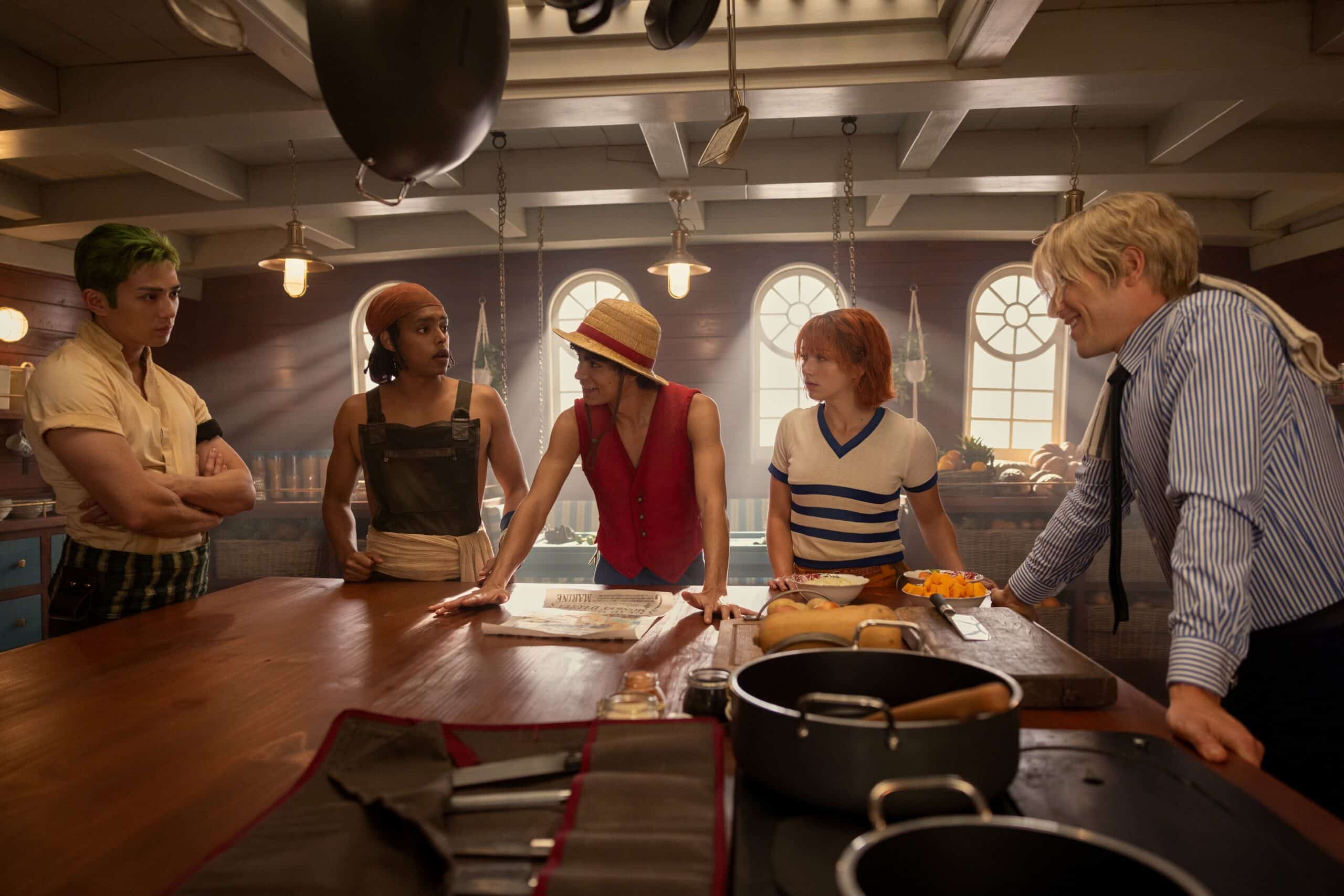
ClutchPoints: I'm excited to talk to you about this show because I was unfamiliar with One Piece before the new live-action series. I was reading that you did a lot of extensive research prior to the production, is that true?
Nicole Hirsch Whitaker: No [smiles]. That's not true [laughs].
My son was one of the biggest One Piece fans in the world. So as a mother, [I was] watching One Piece every day — he dressed up like [Monkey D.] Luffy. I mean, he's 22, but there's still posters all over his room, and he has a Trafalgar Law tattoo on his chest.
So yeah, I definitely knew a lot about the show [laughs]. I did a lot of research in terms of how we wanted the show to look, to adapt it.
CP: Did you read any of the manga as well?
NHW: Yeah, [I read] all 100 books with him.
CP: Oh, wow. So could you tell me something that you learned from each medium of One Piece in preparation for the live-action adaptation?
NHW: My director Marc [Jobst], when he first sent me the script — I knew it was going to be about the East Blue, which I was super familiar with and it was one of my favorite One Piece movies. Just in terms of how we would capture the different types of lensing, the look, just to make sure that we were honoring what the original fans would like, but also finding a language that was grounded so that we could get new fans and also trying to adapt it into a 3D story environment as opposed to a 2D story environment.
Obviously, there's all kinds of challenges with that. But I'm really happy with what we came up with and I thought it was really true to the story and added a little bit extra.
CP: I read something about a custom lens that you used for this show. And in the first couple of episodes, there's a lot of varied color palettes — sometimes it's dark and sometimes it's light — so could you expand upon the custom lens and how it factored into the lighting of the show?
NHW: So when we started talking about how to shoot the show, we originally wanted to shoot anamorphic, but [with] anamorphic lenses, you have issues with getting close to your characters and then going far away. You have to use diopters, so you can't do that, and Marc and I both really wanted to use lenses that you could get really close to the characters and then also go really far away, especially, you know, with Luffy being stretchy and then Nami's stick and Zoro's sword, and just to have that manga, anime-esque framing and lensing.
So I approached Hawk Vantage and told them what we were trying to do and that we wanted to shoot large format and they built lenses from scratch for us from the ground up — they're called MHX [Hybrid Anamorphic lenses], and they're just incredible. They're spherical lenses, but they have an anamorphic bokeh, which is the sort of painterly backgrounds, which is why the show looks that way.
And then we had one other lens, which was a super wide 14.5mm, and then a Laowa 12[mm lens]. And then sometimes, [we] even used an 8mm fisheye [lens] for some of the scenes that they then fixed in visual effects.
It was really, really fun being able to not only design new lenses with them, but also come up with a different kind of shooting style.
CP: Is it ever weird to shoot something that has a lot of special effects? You mentioned Luffy, who has really stretchy arms. Was it ever weird to have to frame the scene when the long arms aren't really there?
NHW: You know, we did a lot of research in development. We were there for four months before we started shooting, and so because we were [also] shooting on ships, and shooting in the water, we got together with the visual effects team and the special effects team and stunts and did a lot of testing to figure out how we were going to shoot those. We had our prosthetics department make things for us to line up on Luffy's fist so that we could put it where the camera was going to end up for Gum-Gum's Pistol or cannon, or, you know, just different types of things.
But yeah, lots of prep, lots of discussions, lots of pre-vising, and on the day it's just work [laughs]. It's sort of what we do, trying to figure out the right tools to tell the story, and hopefully, it doesn't bump people [from being engaged] and it just feels real. Even though it's not real, that was our goal.
CP: And where did you guys shoot? Was it on a soundstage in Atlanta?
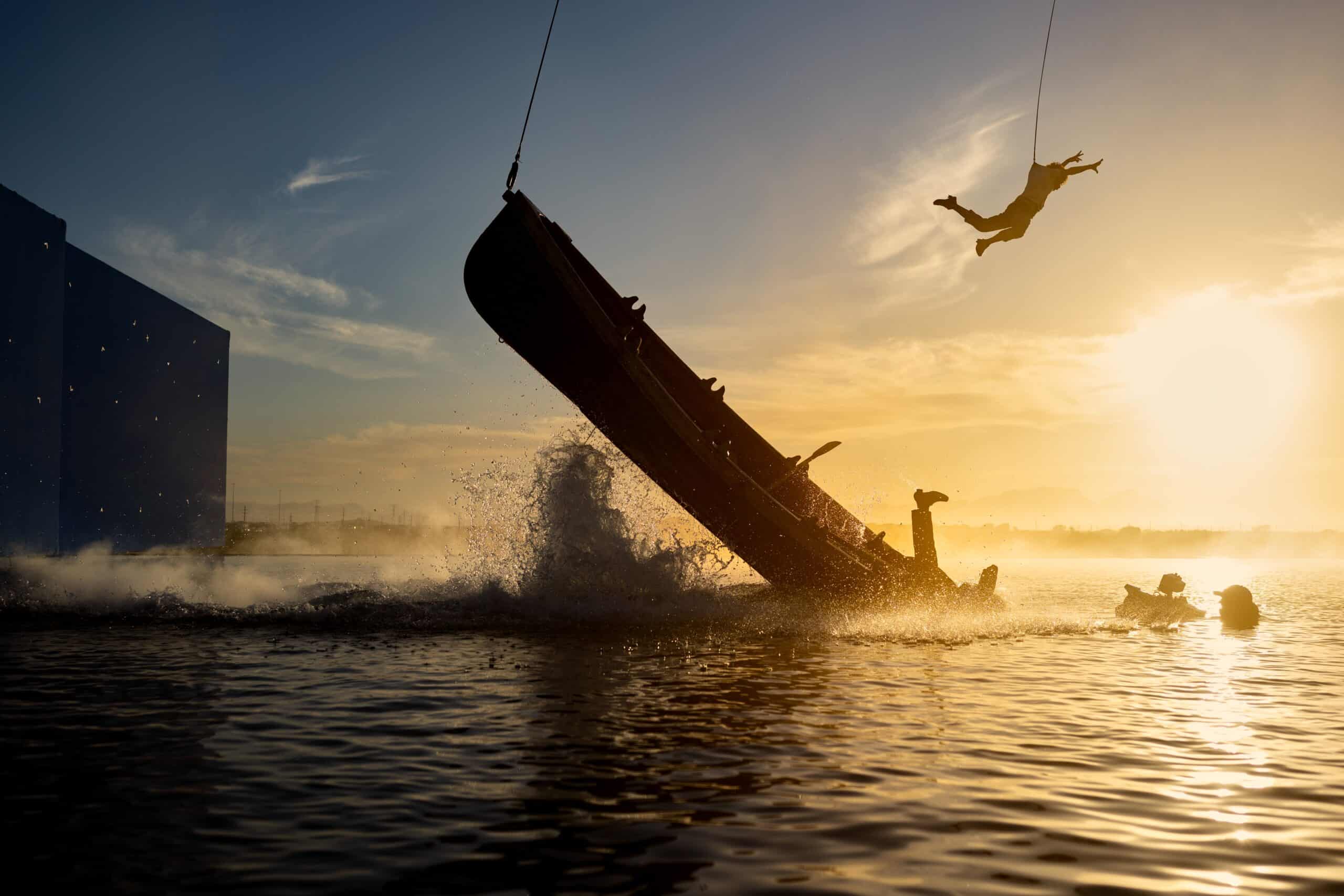
NHW: No, [we shot] in Cape Town, South Africa. There's amazing studios down there, Cape Town Studios, and they actually already had the ships from Black Sails. So the production designer came in, they had fallen apart, so he had to completely revamp them, but he turned three of their giant ships into Garp's warship, the Love Duck, Shans' ship — so there [were] a lot of different boats. And then we had three different tanks — there was another huge tank where they built Baratie, and then in one of the other tanks, we had Nami and the Dinghies.
They would lift these ships with huge cranes. I mean, the behind the scenes footage is kind of incredible. I would go to work some days and I would just see like 10 cranes lifting these giant ships out of the parking lot and moving them into a tank. It was really cool.
I mean, South Africa is amazing. The crews are incredible there. It was challenging, it was summertime, there's a lot of wind, [it's] very hot. So we had the tanks, some in the parking lot, the boats, [and] I think five sound stages there as well with the different sets, because [for example], Buggy's tent took up a whole set.
CP: The camera moves very dynamically in the first few episodes you did. Was this your own style or if that was something that kind of harkened back to the anime?
NHW: We were definitely influenced by the anime and like I said, going from super wide close-up on people to them going further away from the camera — we wanted to honor that and make it feel like it was, not as crazy as the anime, and obviously it's not lit the same way as the anime, but to honor what [Eiichiro] Oda had done absolutely.
CP: Taking a step back from more than just One Piece, you have a lot of credits and you've worked on a lot of projects. Is there anything from your previous work that you ever felt prepped you in some sort of way for the work you did on One Piece?
NHW: Oh, yeah, for sure. I mean, Jupiter's Legacy. It was stunts, visual effects, special effects, again, just like just a sort of huge group of people working together to make something happen. And the process [of making One Piece] was very similar to that.
I was not the lead DP on that show, but it was definitely the biggest show I'd worked on. And I learned a lot from that show that I was able to bring to this show as well.
This [One Piece] was really fun to shoot. It was hard, but it was really fun.
CP: What made it so fun? Was it the fact that you had some connections to source material?
NHW: Like I said, the crew was really fun. We had a really good time. The actors were great. I love my director. And it was just a fun story to tell.
Of course, filmmaking is not easy. I don't want to say I went to work every day with bells on, but I felt like every day we did something really wonderful and I never went home feeling like we hadn't accomplished what we wanted, which is a good feeling.
CP: Can you recall what the most difficult day for you on set was?
NHW: Not really. I mean, I was telling someone earlier, the most challenging thing was the fact that we were shooting a lot of exterior [shots], and just chasing the sun, especially like shooting the big fight scene in the yard. You know, that was over many days and just making sure that you could keep the lighting consistent. That was challenging and hard, and it was very, very hot. Some days it could have been 105 degrees, 110 degrees in there with the sun kicking off the ground and, you know, it was summer.
CP: Could you talk about your relationship with the stunt and fight coordinators at all? I would think you all worked closely.
NHW: Yeah, they were great. I mean, they were amazing and very collaborative. And we talked a lot about camera and we were really lucky that we were able to have them work with a camera operator [that] was dedicated to their unit. Basically, they would rehearse with an Alexa, with lenses, design, all the camera moves, edit it together, show it to Marc and I, and then we could adjust or change anything that we wanted.
So basically, we were able to shoot all of the stunts in first unit. We had no second unit. And that makes such a difference to me because I always feel sad when second unit takes things and [to] no fault of theirs, but it's really hard when you're not there for them to do exactly what you want. So the fact that we were able to shoot all of the stunts made a huge difference, and we couldn't have done that without them collaborating with us.
That was a really great part of the show.
CP: How rare is that? Have you ever been in a situation where there was no second unit required?
NHW: First time ever [laughs]. This was the very first time and it was because Marc insisted on it. A lot of these actors were doing their own stunts, so it's not like second unit where you've got doubles and they're off doing something on the side without first team.
So the fact that we were working with first team, he was like, “I want to be there to direct them.” And so he made it work with the schedule.
I mean, our schedule was a lot longer because of it, but it was fantastic that we were able to keep the consistency of the camera, the lighting and also him as a director with all of the stunt work.
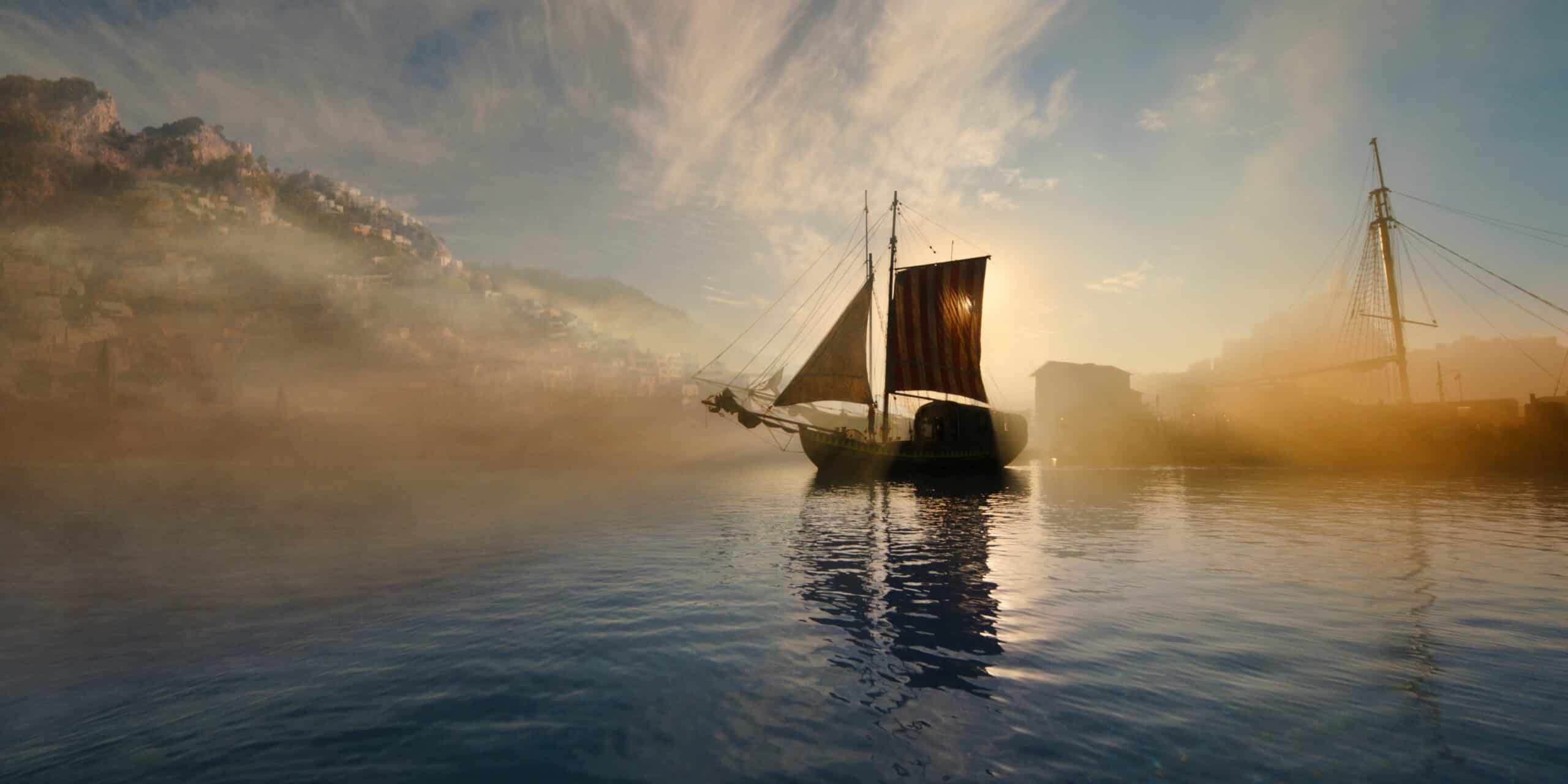
CP: Looking at three of your recent credits, Bad Sisters, Special Ops: Lioness, and now One Piece, they're all so different. And I was just wondering, could you talk to me through what it's like as a DP on those as I imagine each one varies quite a bit.
NHW: Yeah [laughs], they are very different — it's really funny. When I read a script and I approach a project, I just want to make sure that the cinematography is the right choice to tell the story. And that's really what it comes down to.
I had done another show with Sharon Horgan, who wrote Bad Sisters, and the director Dearbhla [Walsh]. We had done a show called Shining Vale that was like [a] horror-comedy — it was based on Rosemary's Baby and The Shining — and then they sent me Bad Sisters and even Dearbhla said to me, “Are you sure you can do this? You don't really do this kind of like… cheery [projects with] available light. We want to make sure it's not too dark.” And I was like, “Of course I can do that.”
You [can] get pigeonholed a little bit as to what you can do, so it was really exciting for me to do Bad Sisters — which I did right before One Piece [smiles]. So I went from Ireland — I think I had three weeks off — to South Africa. So I was gone for like over a year, which is pretty crazy, but it was fun to go [and] to do both of those, kind of more, I want to say more lifted, cheery shows.
And then Lioness was insanely dark, [but] super fun. Paul Cameron, who set the look for that show, he's an amazing DP — he created Westworld and he comes from a long line of really beautiful work. So I knew that that was going to be very, very different in terms of what I had done previously [laughs]. It's really fun though.
Honestly, if I was stuck in one genre, I would not love my job as much. It's really fun and it's also exciting to show people that you can be an artist and do different things.
CP: I don't know where Lioness was filmed, but out of Ireland, wherever Lioness was filmed, and then South Africa, if you could only choose one to shoot in again, which one would it be?
NHW: Oh gosh, I could not say… I've shot in so many wonderful places. Cape Town, I would go back to in a heartbeat. Ireland, we shot in London as well for Bad Sisters. Lioness was in Maryland. I couldn't go do the work in Majorca and Morocco that they did, but I've worked in Morocco and I love Morocco, so I would have been so excited to finish the show. I've loved working in Paris, even New Mexico is amazing.
I love LA of course — I wish I could work here more [laughs]. I just finished a film five days ago in Hungary. I was there for five months and I loved working there too. I'm super lucky that I get to work in all these great places and meet new people and new crews. And they're all wonderful film communities.
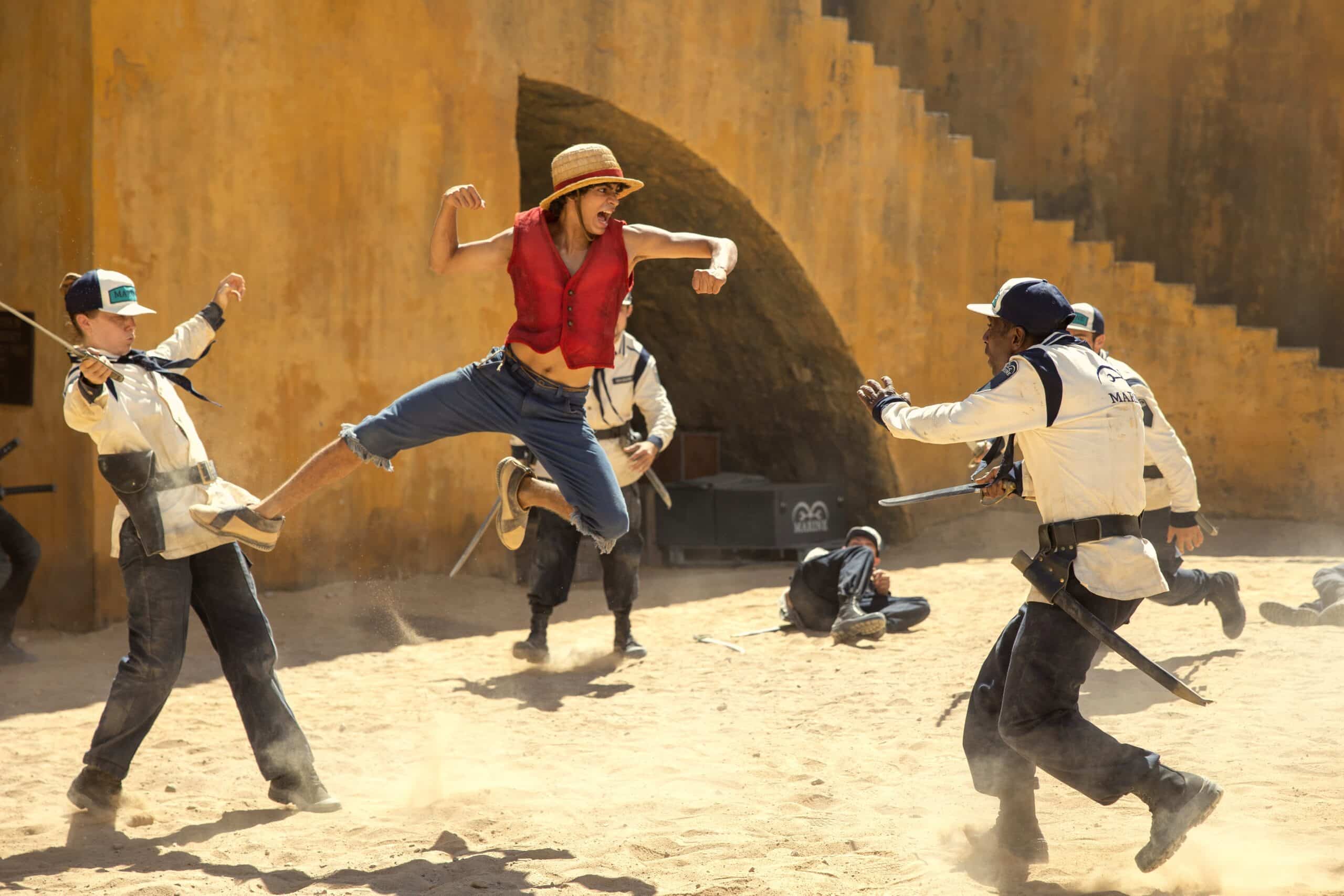
CP: Given your connection to One Piece that dates back many years, is there one thing that people who are more in tune with the anime and the manga or a sequence that you shot that you're very excited for them to see come to life?
NHW: I keep going back to Buggy because I just think that's such a huge part of Episode 2, whereas the pilot's more about introducing everybody. So all the scenes were fun. I loved Zoro's sword fight in Episode 1. That was really fun to shoot.
I'm just excited for people to how people relate to the characters and hope that we brought something special to the old fans and something special to the new fans.
So that to me [is what I'm excited for] as opposed to a specific scene — but I think people are really going to have fun with Buggy [laughs].
One Piece is streaming on Netflix.

